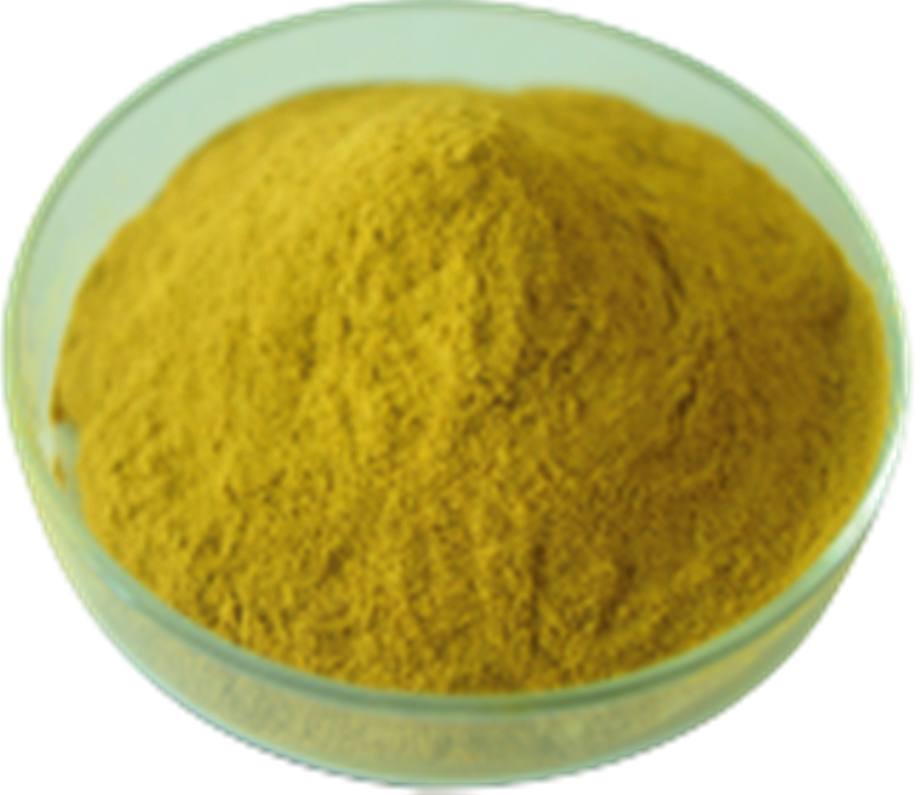Family & Genus: Euphorbiaceae, Cassava Common Name: Variegated Cassava Origin: Native to tropical regions of the Americas Morphological Features: This plant is an upright shrub that typically grows up to 1.5 meters in height. It has long, fleshy tuberous roots. The leaves are palmately lobed, with 3 to 7 deep lobes. The central lobes often have irregular yellow patches, while the rest remain green. The petioles are red, and the inflorescences appear in the leaf axils, bearing several small flowers. Growing Habits: Variegated cassava thrives in warm, sunny conditions and is sensitive to cold and frost. It can tolerate partial shade but prefers a balanced environment that isn't too dry or too wet. The ideal growing temperature ranges from 25°C to 30°C between March and September, and from 18°C to 20°C during the rest of the year. For winter survival, temperatures should stay above 15°C. If indoor temperatures drop below 10°C, the plant may stop growing and lose its leaves. This species grows quickly and has strong regenerative abilities. When cuttings reach 20 to 25 cm in height, they should be pinched back to encourage branching. Potted plants should be repotted annually, with ground shoots trimmed to leave 3 to 4 main branches per pot. Pruning dead or dried branches helps maintain a neat and attractive shape. Propagation: Cuttings are the most common method of propagation. In spring and summer, select healthy stems, cut them into 10 cm segments, rinse with water, and place them in a rooting medium. Roots usually develop within about 20 days. Cultivation Tips: Provide plenty of sunlight throughout the year. Water regularly during the growing season, but avoid overwatering, as this can lead to root rot. If the soil becomes too dry, the plant may shed its leaves. Fertilize once a month, and increase phosphorus and potassium applications 2–3 times for better growth. Reduce watering after the fall season. Pests and Diseases: Common issues include brown spot and anthracnose, which can be controlled by spraying 65% dexamethasone WP diluted at 500 times. Insect pests like whiteflies and scale insects can be managed using 40% omethoate EC diluted at 1000 times. Landscape Use: The variegated cassava is a striking foliage plant, featuring deeply palmate leaves with vibrant yellow patterns on a green background and striking red petioles. Its unique appearance makes it highly decorative. Potted varieties are ideal for balconies, bay windows, and small gardens. Larger specimens can be used in public spaces such as hotels, office buildings, and train stations, adding a lively and inviting atmosphere. In southern landscapes, it looks especially beautiful when planted near pavilions, ponds, or rock gardens. Other Popular Varieties: Shield Leaf Cassava (Manihot peltata): Features shield-shaped leaves with a smooth margin and a grayish-green surface. The veins are prominent and pink in color. Green coffee bean extract is made from the green beans of the coffea Arabica plant. There are two types of coffee plants, arabica and robusta. The arabica is higher in quality and higher in chlorogenic and caffeic acids, two primary compounds responsible for anti-oxidant activity. Coffee might have anti-cancer properties, and researchers found that coffee drinkers were 50% less likely to get liver cancer than nondrinkers. Product features: 1. Special large package for industrial raw material sales(10kg/20kg); 2. 100% pure coffee; 3. Good instant solubility; 4. Stable raw material origin and long-term supply Functions: Losing weight. Green Coffee Bean Powder,Green Coffee Powder Price,Green Coffee Powder Online,Green Coffee Bean Extract Powder Yunnan New Biology Culture Co,.Ltd , https://www.lvsancoffee.com
Scientific name: Manihot esculenta cv. Variegata
Anti-virus; Anti-bacteria; Anti-cancer; Anti-aging; Anti-infectious.
Lowering toxicity.
Lowering blood pressure.
Reducing the risk of diabetes.
Help with muscle fatigue for athletes and bodybuilders.
Green coffee bean has strong anti-oxidant properties similar to other natural anti-oxidants like green tea and grape seed extract. Green Coffee Beans have polyphenols which act to help reduce free oxygen radicals in the body. Green coffee bean extract is sometimes standardized to more than 50% Chlorogenic Acid. Chlorogenic Acid is the compound present in coffee which has been long known as for its beneficial properties. This active ingredient makes green coffee bean an excellent agent to absorb free oxygen radicals; As well as helping to avert hydroxyl radicals, both which contribute to degradation of cells in the body.
Mosaic, cassava, cassava